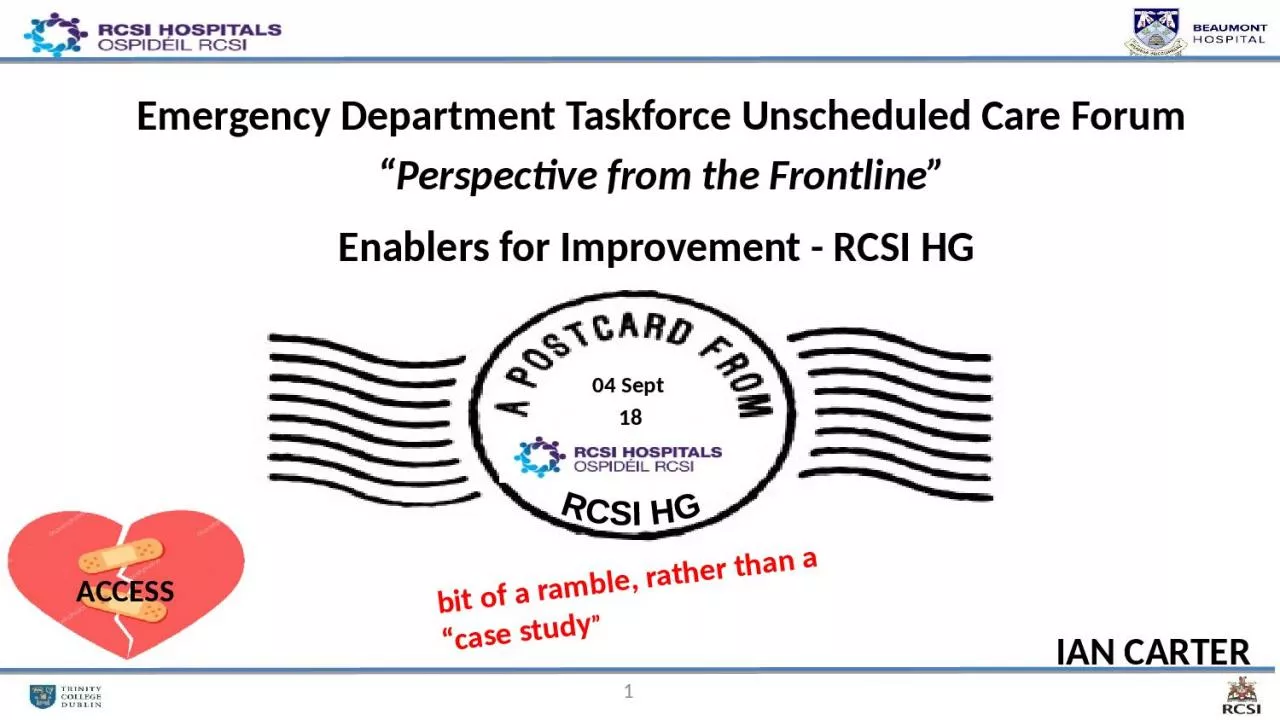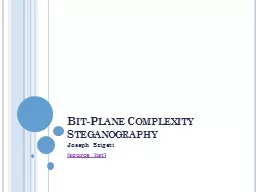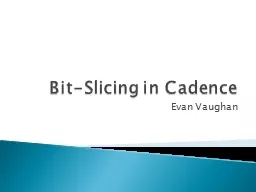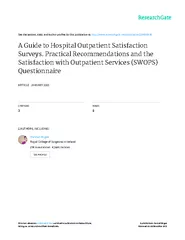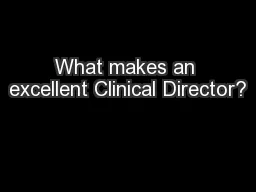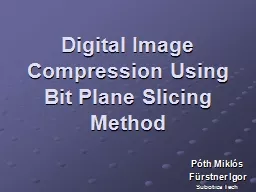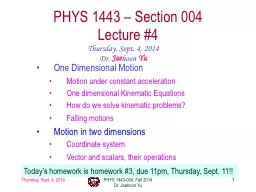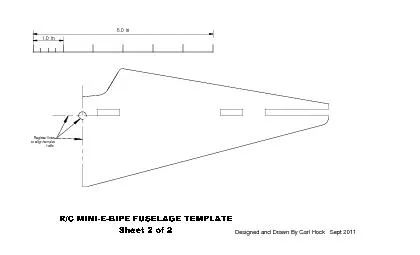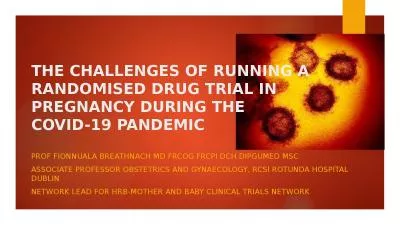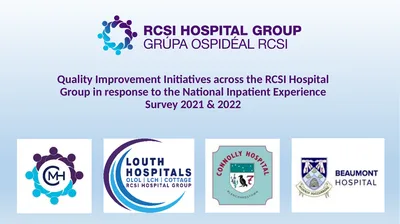PPT-04 Sept 18 RCSI HG 1 bit
Author : lauren | Published Date : 2024-02-09
of a ramble rather than a case study Emergency Department Taskforce Unscheduled Care Forum Perspective from the Frontline Enablers for Improvement RCSI HG IAN
Presentation Embed Code
Download Presentation
Download Presentation The PPT/PDF document "04 Sept 18 RCSI HG 1 bit" is the property of its rightful owner. Permission is granted to download and print the materials on this website for personal, non-commercial use only, and to display it on your personal computer provided you do not modify the materials and that you retain all copyright notices contained in the materials. By downloading content from our website, you accept the terms of this agreement.
04 Sept 18 RCSI HG 1 bit: Transcript
Download Rules Of Document
"04 Sept 18 RCSI HG 1 bit"The content belongs to its owner. You may download and print it for personal use, without modification, and keep all copyright notices. By downloading, you agree to these terms.
Related Documents

